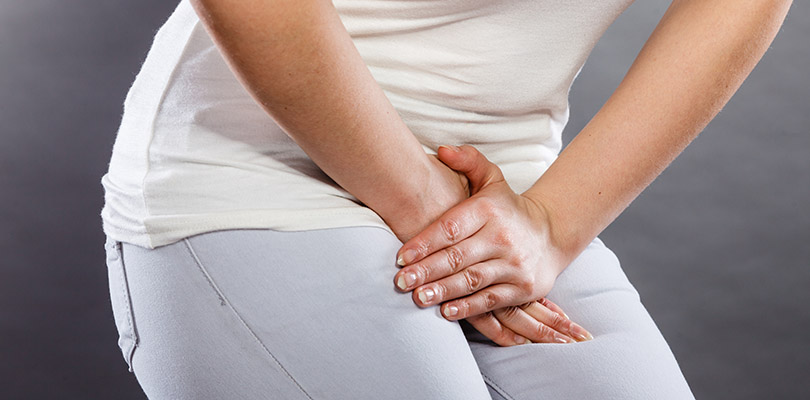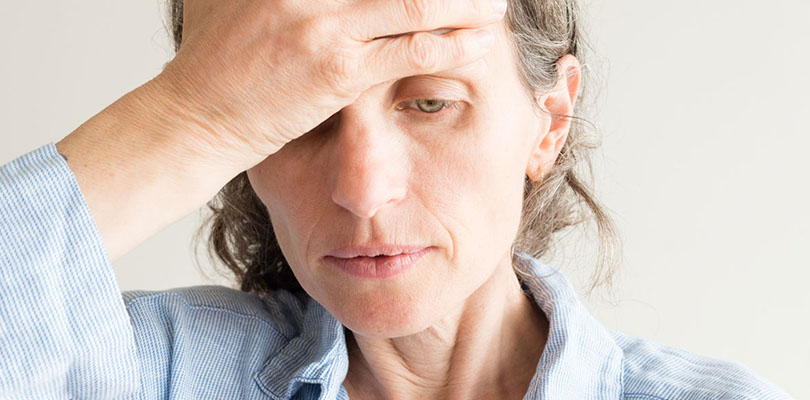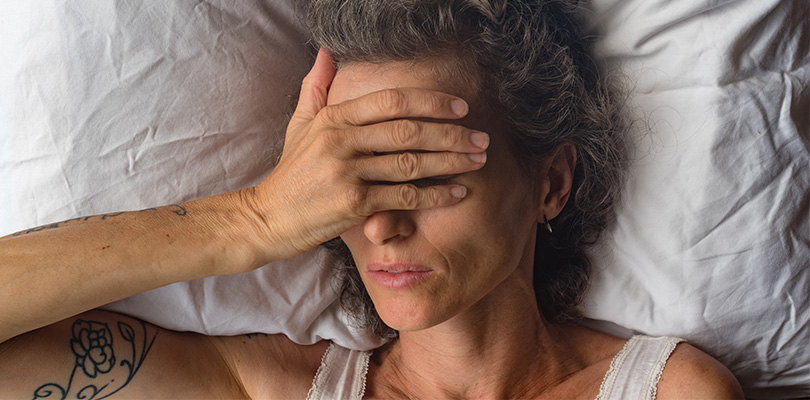Menopause and Frequent Urination
Menopause affects all women as they reach middle age. It is triggered by hormonal changes, namely reductions in the female sex hormone estrogen. This can cause a number of physiological changes and symptoms ranging from hot flashes to anxiety and depression. Another common issue associated with menopause is frequent urination.
Menopause and Frequent Urination: An Overview
As women go through menopause, they often experience changes in their urinary function and may find that they need to use the bathroom more often, and more urgently, than before. These changes are due to thinning of the tissues surrounding the vagina and urethra (urinary tract), which are a result of reduced estrogen levels.
In addition to this, the muscles in the pelvic area become naturally weaker with age. This can lead to urinary incontinence and other problems such as prolapses of the bladder or uterus.
Other related symptoms include vaginal dryness or itching, and a higher risk of developing urinary tract infections. Luckily, there are several treatment options available for frequent urination which include medication, exercise, dietary changes, and surgery.
Causes of Menopausal Frequent Urination
During the menopause, a woman’s estrogen levels drop, causing her periods to stop. Unfortunately, this decrease in estrogen also leads to a number of other symptoms throughout the body. Many women find that they need to use the bathroom more frequently than before, or that they have very little warning when they need to pass urine.
The reason for this is that a lack of estrogen causes the tissues and muscles surrounding the vagina and urethra to become thin and atrophied. This weakens the bladder and leads to a reduced ability to control urination.
Age is another factor in urinary frequency after menopause. Muscles will naturally weaken with age, and in some cases, damage sustained during childbirth may become apparent later in life.
Symptoms of Menopausal Frequent Urination
As well as needing to urinate more often, women with this condition may suffer from a number of other, related symptoms. These include the following:
- Urge incontinence (needing to urinate suddenly with little warning)
- Stress incontinence (leakage with coughing, sneezing, or laughing)
- Waking up to urinate during the night
- Dryness, itching, or burning of the vagina
- Increased risk of urinary tract infections due to altered pH levels of the vagina
- Pain or bleeding during sexual intercourse
These symptoms can be extremely distressing and embarrassing, but luckily there are a number of treatments available including both medical and non-medical interventions.
Treatments for Menopausal Frequent Urination
The symptoms of menopausal frequent urination can be managed using medication, exercises, and dietary changes. In extreme cases, surgery may be recommended.
For many women who are going through perimenopause and menopause, memory problems are quite common, but why? Can menopause really affect memory?
Medication
The most common treatment for menopausal symptoms including frequent urination is hormone replacement therapy (HRT). This involves either taking estrogen in a tablet form or applying a patch containing the hormone to the skin. Estrogen is also available as a topical cream which can be applied directly to the vagina, or a pessary or ring which is inserted into the vagina and releases estrogen gradually over time.
Although HRT is highly effective in most women, it can cause side effects including:
- Breast tenderness
- Headaches
- Abdominal pain, nausea, or indigestion
- Vaginal bleeding
This medication is also unsuitable for women with certain forms of breast cancer.
Exercise
Exercise is one of the best ways to strengthen the muscles known as the pelvic floor muscles. These are the muscles responsible for supporting the bladder and controlling urination, and they often become weaker with age or following childbirth.
The exercises used to strengthen the pelvic floor are usually known as Kegel exercises. They involve repeatedly tensing and relaxing the area to strengthen and improve muscle tone.
You can find your pelvic floor muscles by stopping yourself from urinating midstream. However, it is not recommended that you do this regularly as it could cause further issues down the line. Once you have identified the correct muscles, tense and relax them repeatedly. You should do this with an empty bladder and aim to complete five sets of ten repetitions every day. You can do this while standing, sitting, or lying down, so there is no need for it to interfere with your regular daily activities.
Another form of exercise which may be beneficial for menopausal women suffering from frequent urination is yoga. This ancient practice can help to strengthen the pelvic muscles and is also thought to improve sexual function and enjoyment.
Electrical Stimulation
If you are unable to perform Kegel exercises by yourself, your physical therapist may recommend that you try electrical stimulation instead. This involves placing a probe inside the vagina and using a mild electrical current to stimulate the muscles to contract.
Dietary Changes
There are also some simple changes you can make to your diet in order to help you control the symptoms of menopause and frequent urination.
Firstly, reduce your caffeine intake as this substance is notorious for increasing urinary output. Caffeine in not only found in tea and coffee, but also chocolate, cola, and energy drinks. You could choose to avoid these completely, or just reduce the amount, taking care not to consume caffeine too late in the evening when it could disturb your sleep.
If you take diuretic blood pressure medications such as bendroflumethiazide or furosemide, take these first thing in the morning so that they will not cause you to wake up to urinate during the night.
It is also important to maintain a healthy weight in order to reduce the amount of physical pressure on your bladder and urethra. There are many different weight loss programs out there, so talk to your physician about which is most suitable for you.
Surgery
In severe cases, surgery can be used to repair and strengthen the pelvic muscles. However, surgery can be risky, and this is usually used as a last resort when all other treatments have failed.







